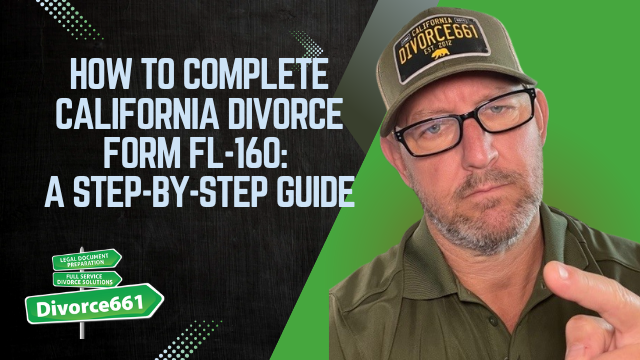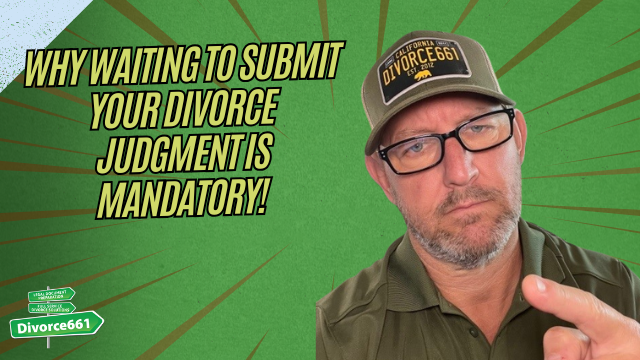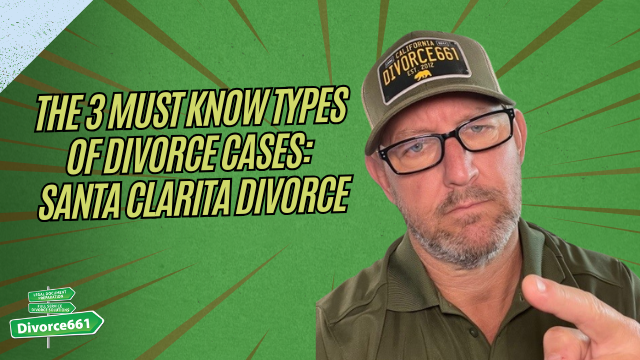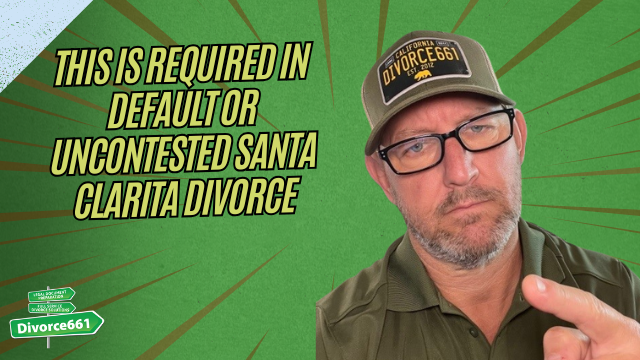How To File California Divorce Request To Enter Default
Filing for divorce in California comes with specific rules and timelines that are crucial to understand if you want your case to proceed smoothly. One important step in the process is the Request to Enter Default, which can be a bit confusing if you’re handling your divorce on your own. In this article, I’ll walk you through everything you need to know about filing a Request to Enter Default in California, including when and how to file it correctly to avoid delays or rejections.
Understanding the Divorce Timeline and Jurisdiction
When you file for divorce and your spouse is served with the divorce papers, the date of service marks a significant milestone. This date is essentially the starting point for your divorce case in terms of jurisdiction and timing. For example, if your spouse was served on November 4, 2013, two important things begin on that exact day:
- Your divorce cannot be finalized for at least six months from the date your spouse was served.
- The clock starts ticking on when you can file your Request to Enter Default.
This six-month waiting period is non-negotiable and is designed to give both parties time to consider the dissolution of marriage.
What Is a Request to Enter Default?
A Request to Enter Default is a legal form you file when your spouse does not respond to the divorce petition within the required timeframe. There are two main scenarios for filing this request:
- True Default: This happens when your spouse has been served but fails to respond or participate in the divorce process.
- Hybrid or Default with Agreement: This occurs when there is some agreement between the parties, but the case still needs to move forward as a default.
In this article, we’ll focus primarily on the true default scenario, which involves strict timing rules.
When Can You File the Request to Enter Default?
This is where many people get tripped up. You cannot file the Request to Enter Default until at least 30 days have passed from the date your spouse was served. It’s important to note:
- You cannot file the request even one day before the 30-day period ends.
- It’s safest to wait 31 or 32 days before submitting the form to ensure you meet the requirement.
- The date that matters is the date you date the form, not the date you submit it.
For example, if your spouse was served on November 4, you cannot date the Request to Enter Default form any earlier than December 4. Even if you submit the form after 30 days but date it earlier, the court will reject it.
Common Pitfall: Dating the Form Too Early
We’ve seen clients who tried to prepare all their divorce paperwork—including the Request to Enter Default—on the same day they filed the case and served their spouse. They dated the Request to Enter Default form on the filing date, which is before the 30-day waiting period ended. As a result, their request was rejected by the court.
The court clerks or judicial assistants do not check when they receive the request; they only look at the date on the form itself. If that date is less than 30 days after service, the request is automatically rejected.
Request to Enter Default vs. Default with Agreement
While this article focuses on the true default case, it’s worth mentioning the other type of default filing: the Request to Enter Default with Agreement or hybrid default. This type of request is filed differently:
- You do not wait for 30 days after service to file it.
- The request is typically submitted alongside your judgment papers.
So, if you and your spouse have reached an agreement but one party has not formally responded, you’ll handle the request differently than the true default process.
Final Thoughts
Filing a Request to Enter Default is a critical step in a California divorce when your spouse does not respond. Remember these key points:
- The 30-day waiting period after service must be strictly observed.
- Don’t date your Request to Enter Default form before the 30-day mark.
- Be aware of the difference between a true default and a default with agreement.
If you’re unsure about the process or want to avoid common mistakes, it’s always a good idea to consult with a professional who specializes in California divorce cases. Proper preparation can save you time, money, and frustration.
If you need assistance with your California divorce, feel free to reach out to me, Tim Blankenship at Divorce661. We offer professional divorce services at an affordable fixed price to help you navigate your case with confidence.






